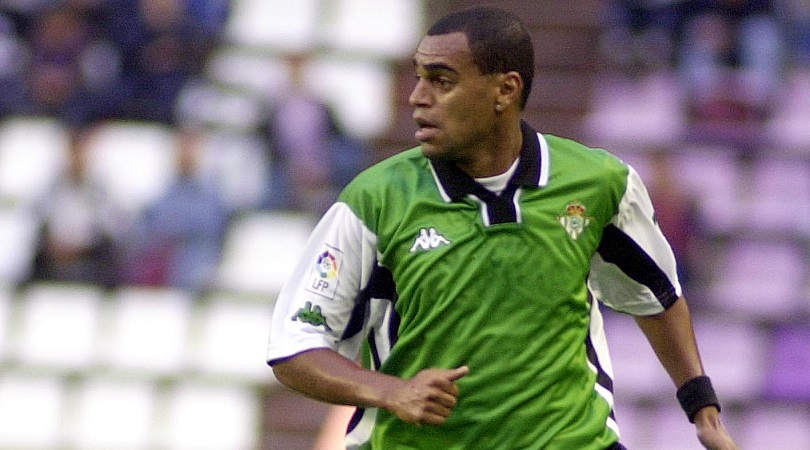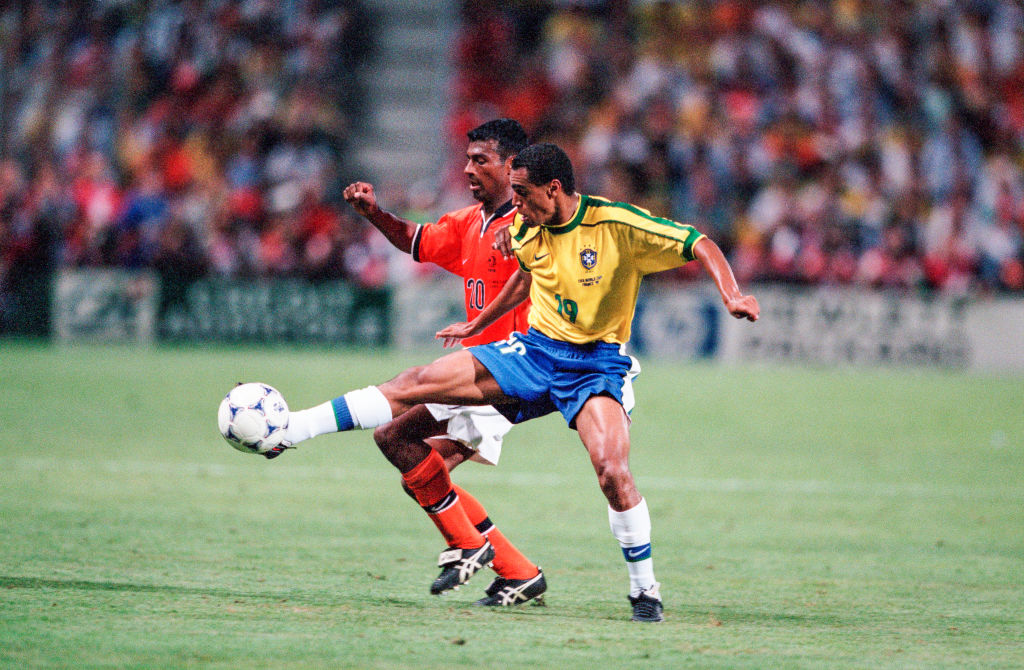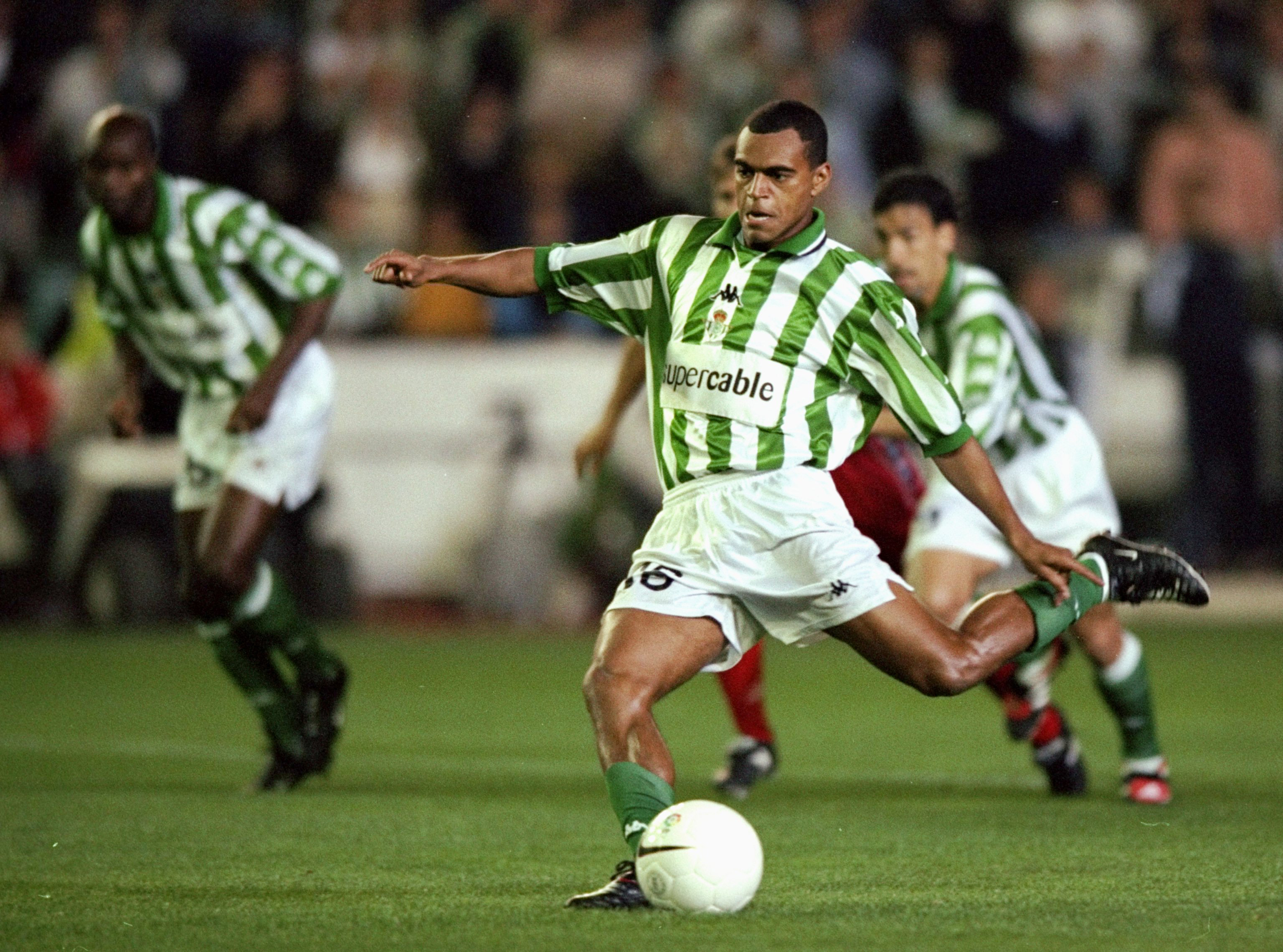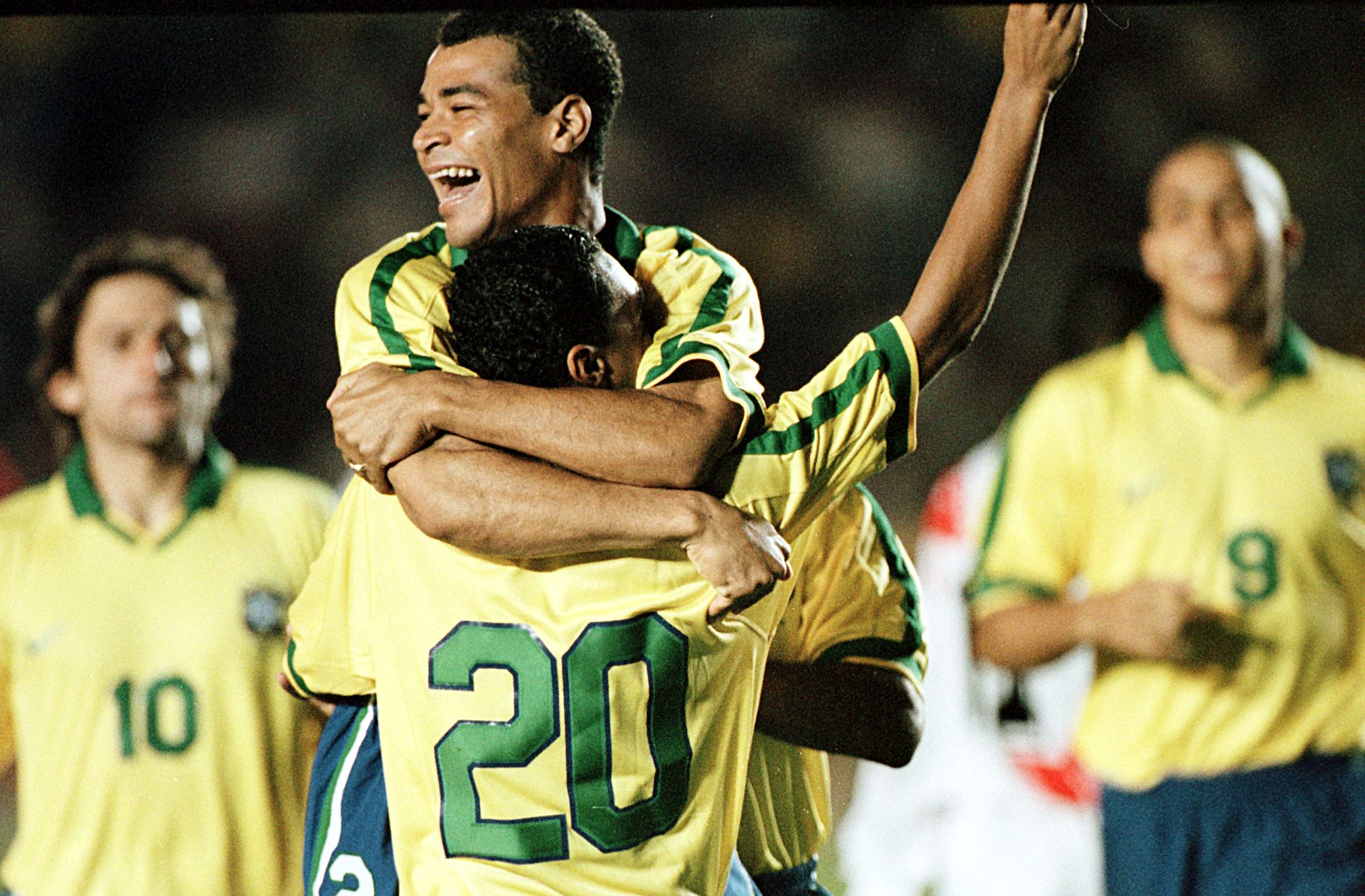‘The dirt pitches of Brazil gave me the gift of ball control. You couldn’t trust the ground, so you had to improvise constantly. That chaos sharpened me technically’ How Denilson went from the streets to the world’s most expensive player
The Brazilian winger was the subject of a world record move in 1998

When Brazilian winger Denilson made his world record £21.5million move from Sao Paulo to Real Betis shortly before his 21st birthday in 1998, he was heralded as the Selecao’s next superstar.
And while Denilson would go on to win 61 Brazilian caps and make more than 500 career appearances, he never quite reached his potential, with FourFourTwo ranking him at No.1 in a 2015 rundown of disappointing club record signings.
But a 17-year professional career that took in six major tournaments is not bad going for a player who learned his trade on the streets, as he recalls to FourFourTwo.
Denilson on his journey from the streets to the Selecao

“What truly fascinated me as a child was the street football, those endless two-versus-two battles, with the goals marked out by a pair of flip-flops,” Denilson tells us.
“Being left-footed, I’d constantly beg to borrow someone else’s left boot. My parents couldn’t afford to keep buying me new pairs, and since I played non-stop, my boots wore out quickly. Sometimes I’d end up playing with one bare right foot and someone else’s boot on my left.

“Beyond the street kickabouts, I grew up in the varzea – the gritty, uneven dirt pitches of Sao Paulo’s amateur football scene. It’s where I learned two priceless lessons. The first was losing any fear.
“The varzea toughened me up – I was always playing against older, stronger lads and got intimidated a lot in the beginning. Over time, I became braver.
The best features, fun and footballing quizzes, straight to your inbox every week.
“Dribbling was my natural weapon, and the more they tried to scare me off, the more I wanted to beat them with the ball at my feet. I got kicked, shoved into walls and fences, was fouled constantly, but kept going.
“Out there, I grew a thick skin, so when you finally get to step into a professional derby under pressure, you’ve already lived that battle countless times. At only 10 years old, I’d already learned not to be intimidated.”

“The second gift that the varzea gave me was ball control. On those rough, bumpy pitches, you needed to have sharp coordination and lightning-quick reactions just to keep a move going.
“You couldn’t trust the ground, so you had to improvise constantly. That chaos helped to sharpen me technically.”
For more than a decade, Joe Mewis has worked in football journalism as a reporter and editor. Mewis has had stints at Mirror Football and LeedsLive among others and worked at FourFourTwo throughout Euro 2024, reporting on the tournament. In addition to his journalist work, Mewis is also the author of four football history books that include times on Leeds United and the England national team. Now working as a digital marketing coordinator at Harrogate Town, too, Mewis counts some of his best career moments as being in the iconic Spygate press conference under Marcelo Bielsa and seeing his beloved Leeds lift the Championship trophy during lockdown.
You must confirm your public display name before commenting
Please logout and then login again, you will then be prompted to enter your display name.

